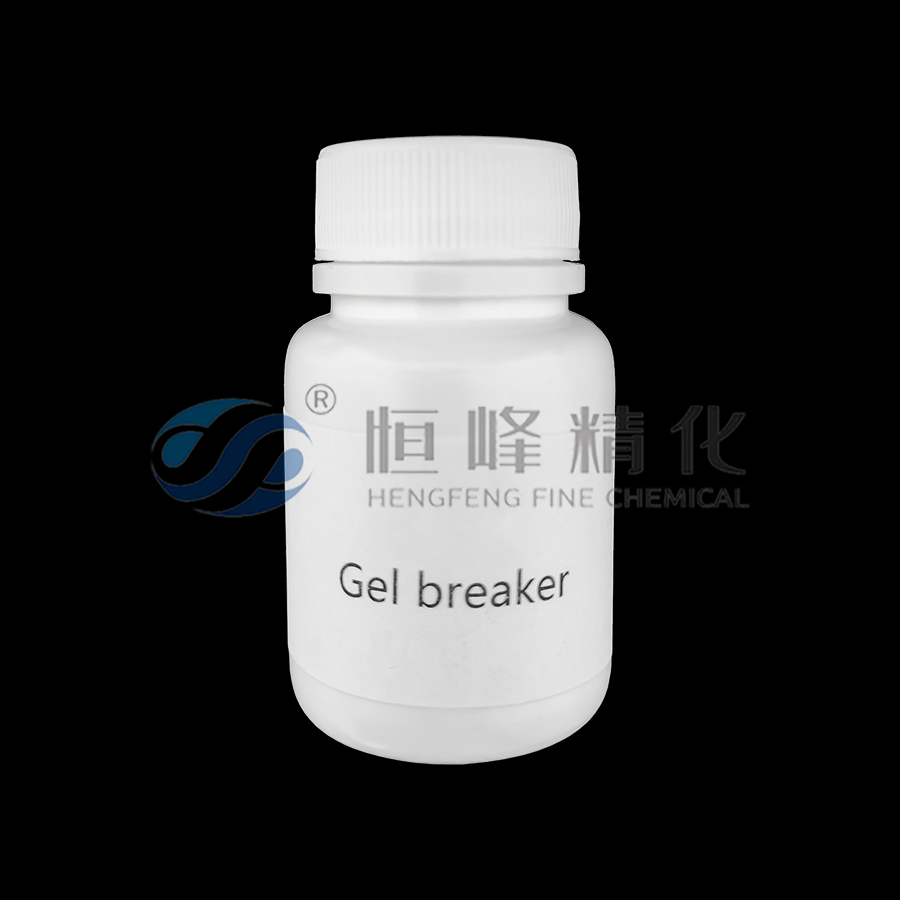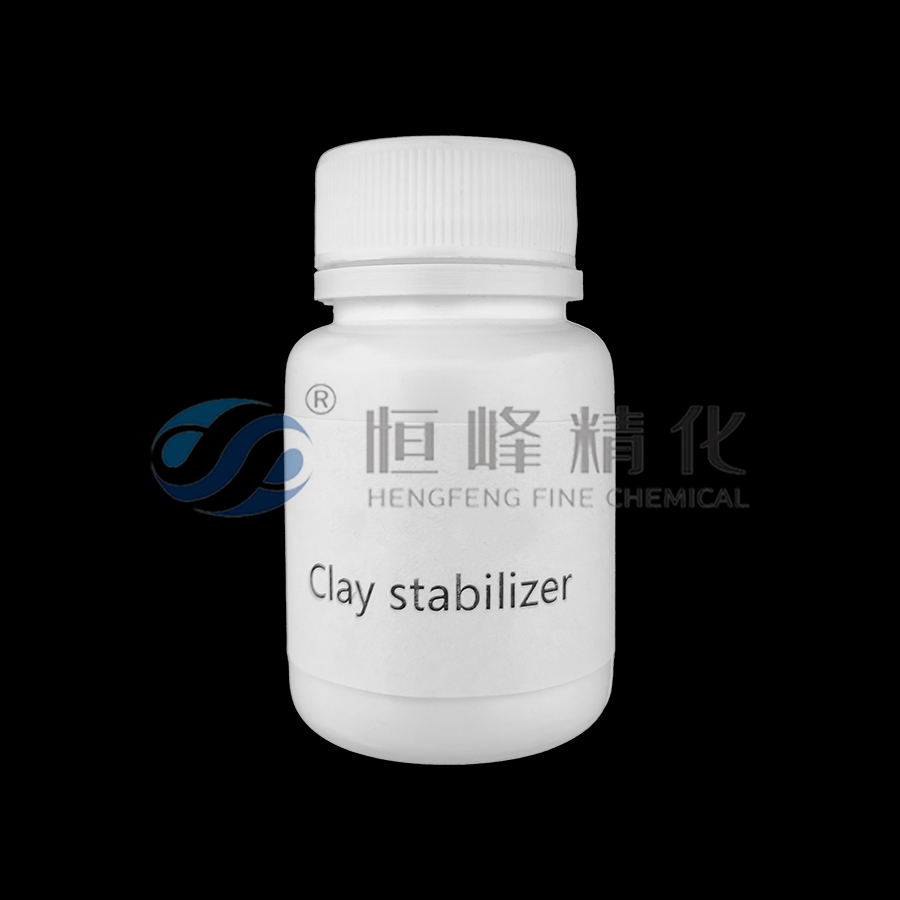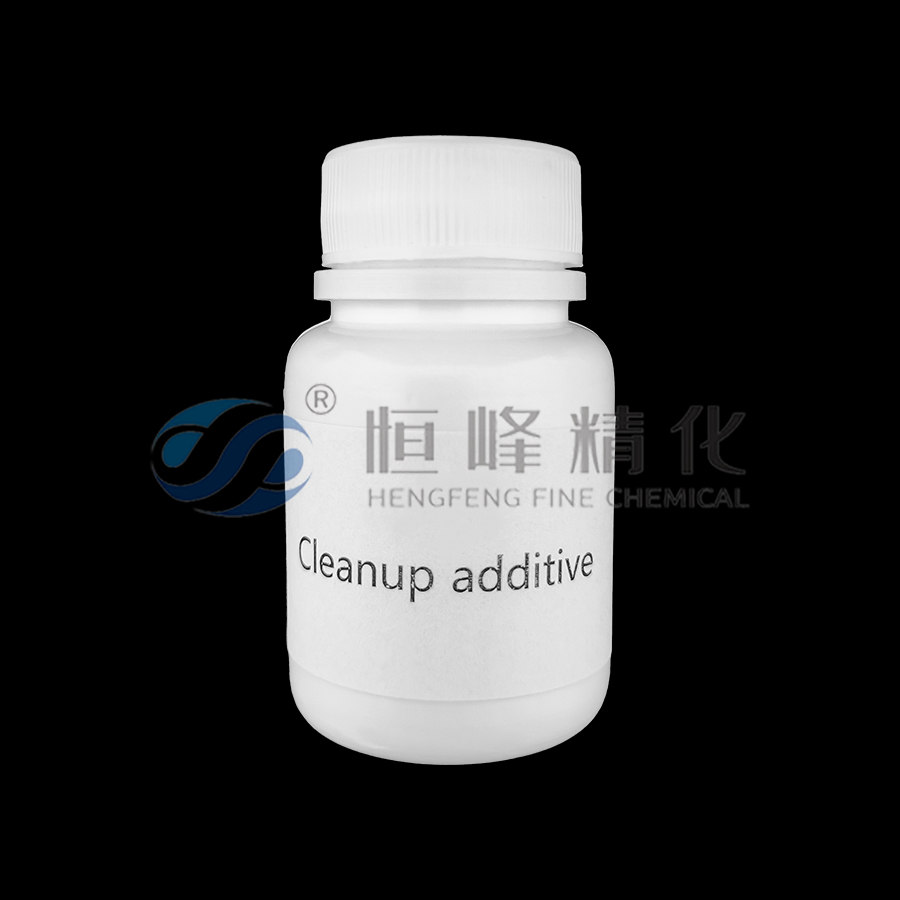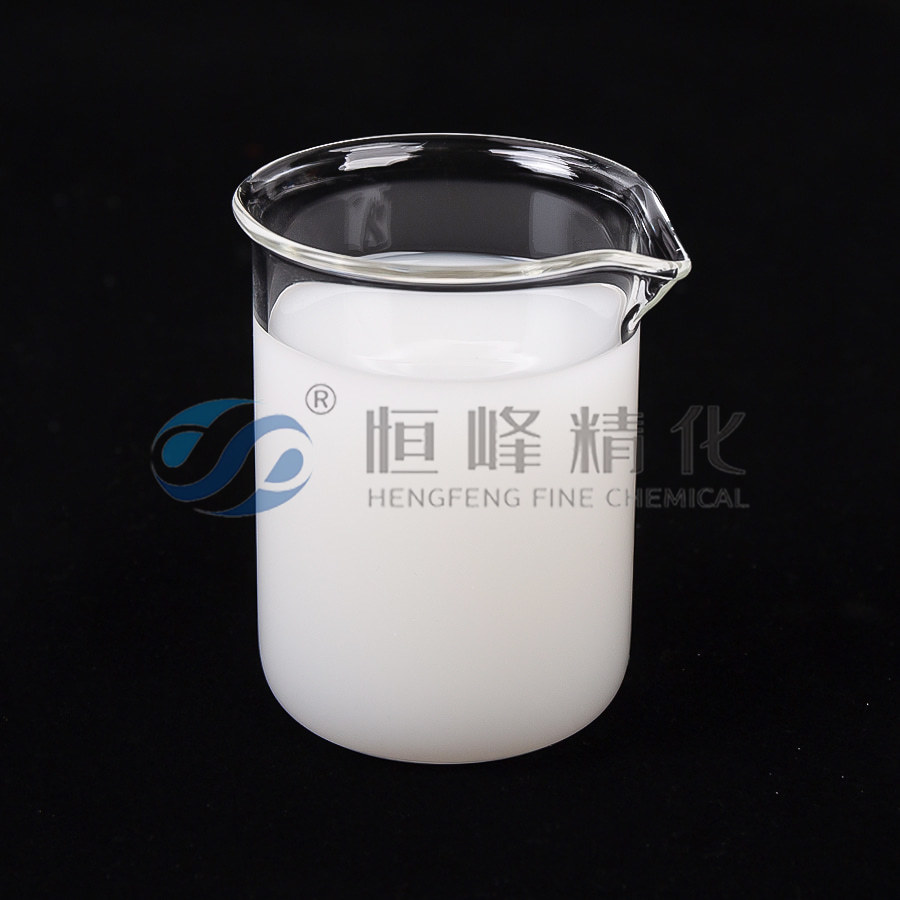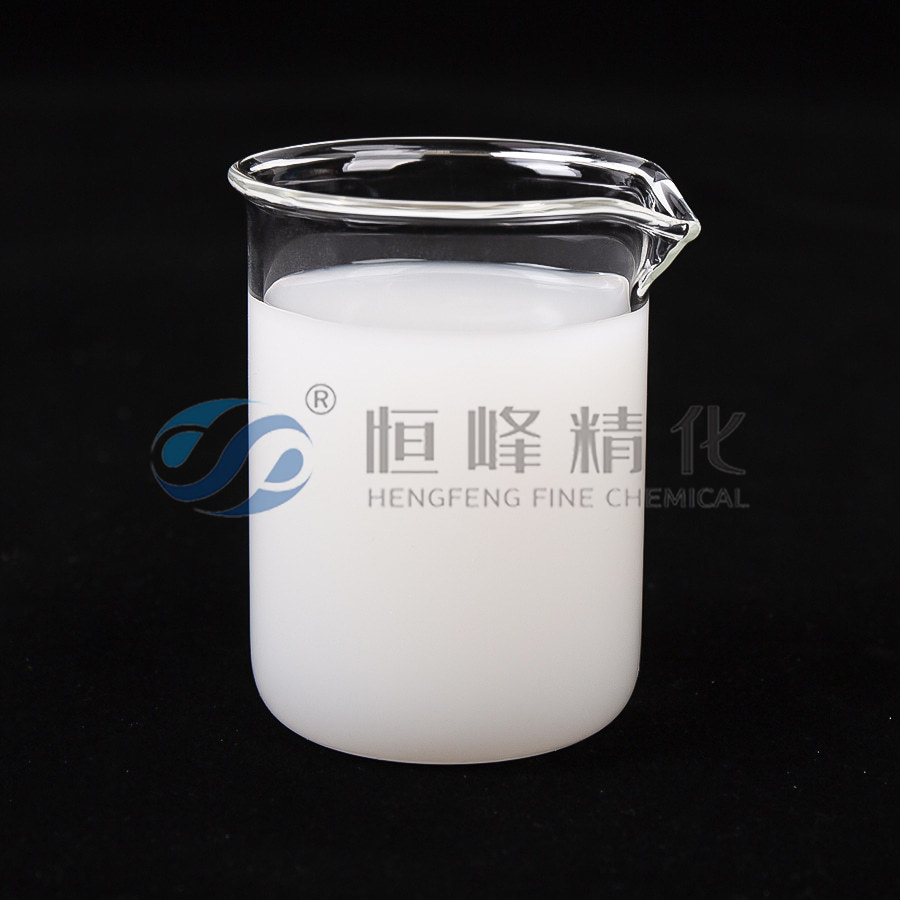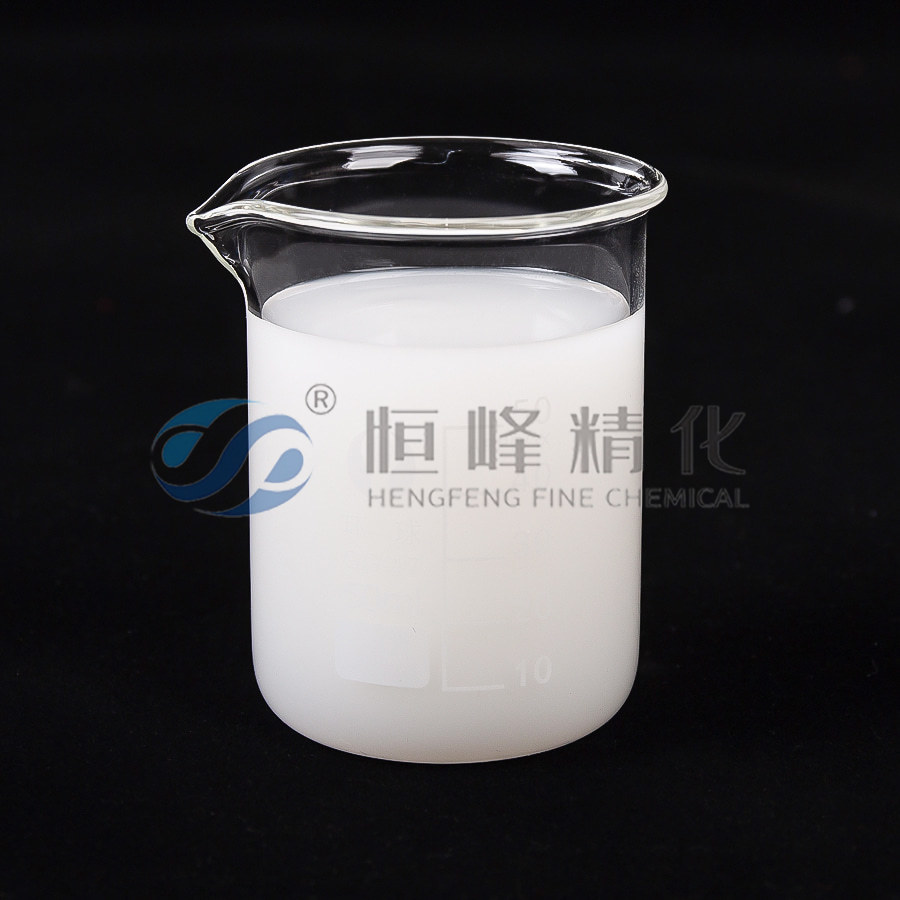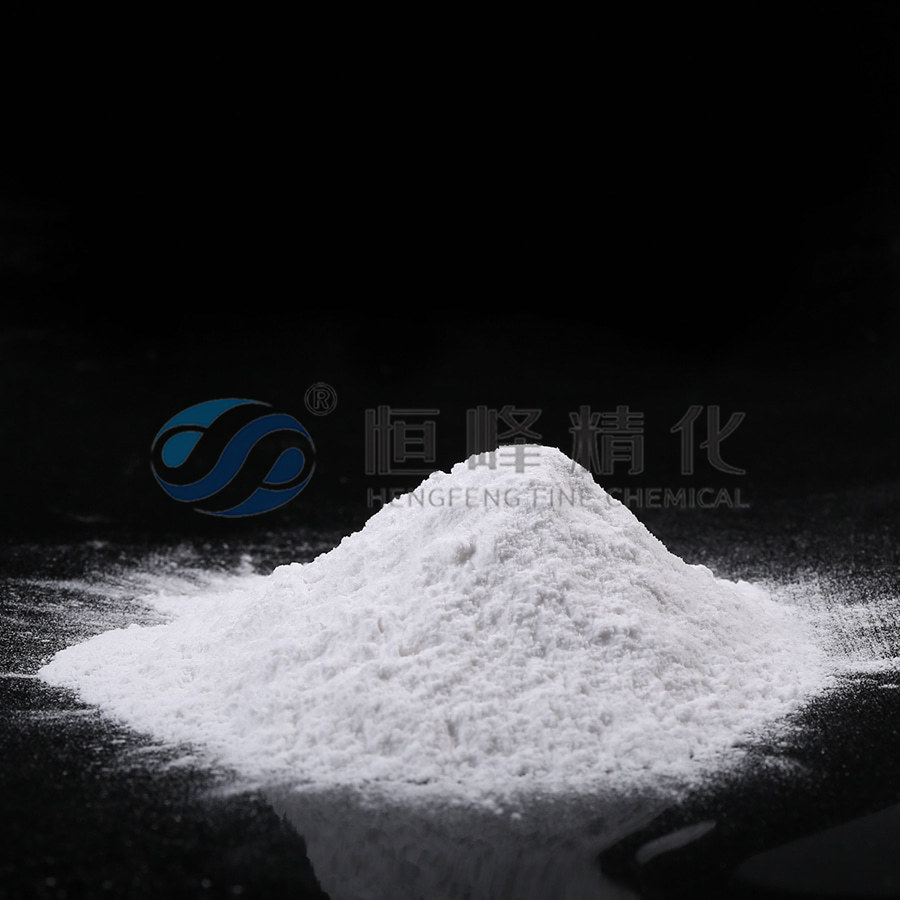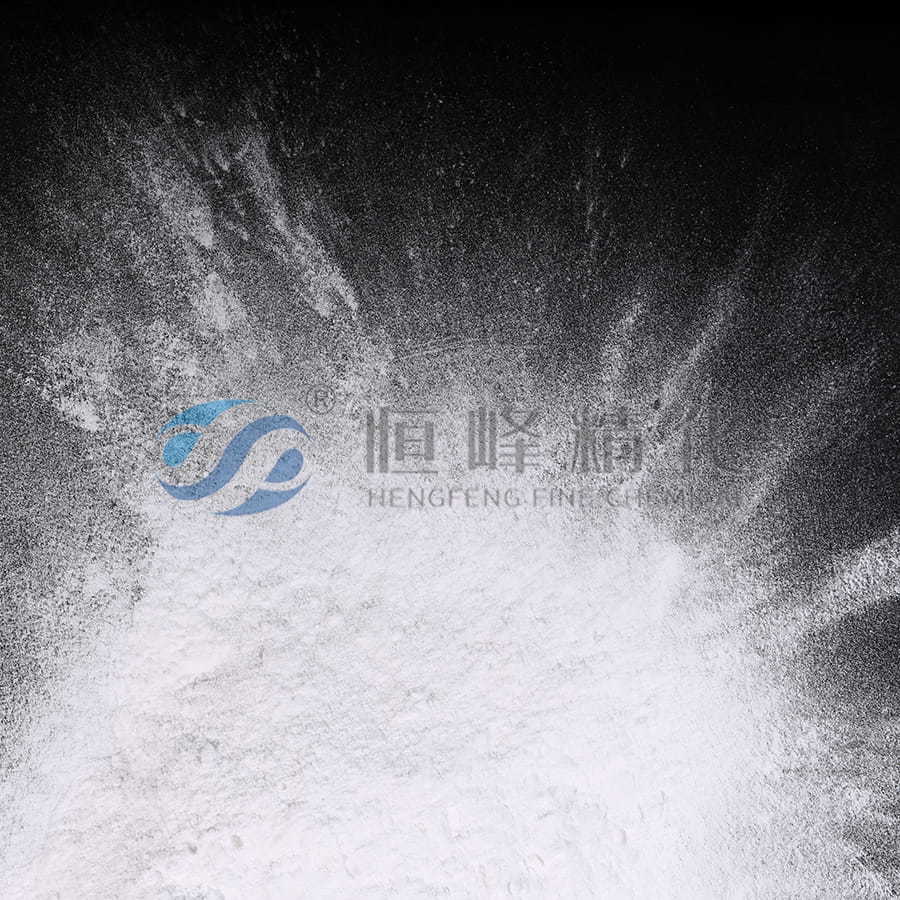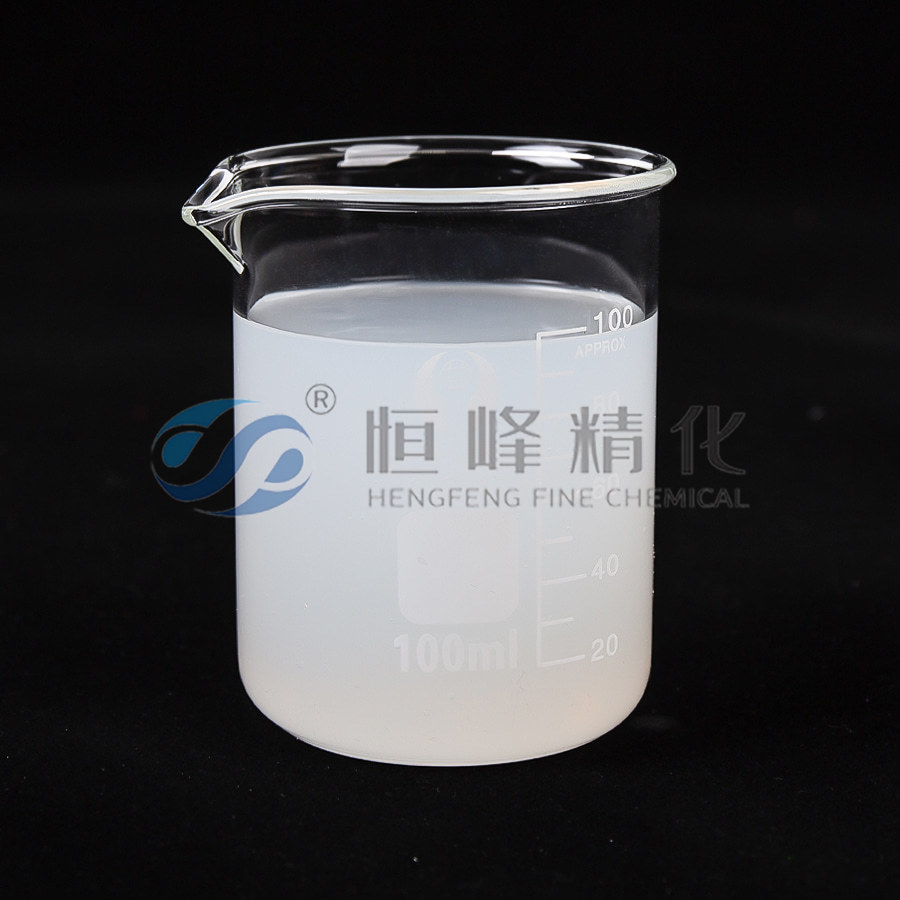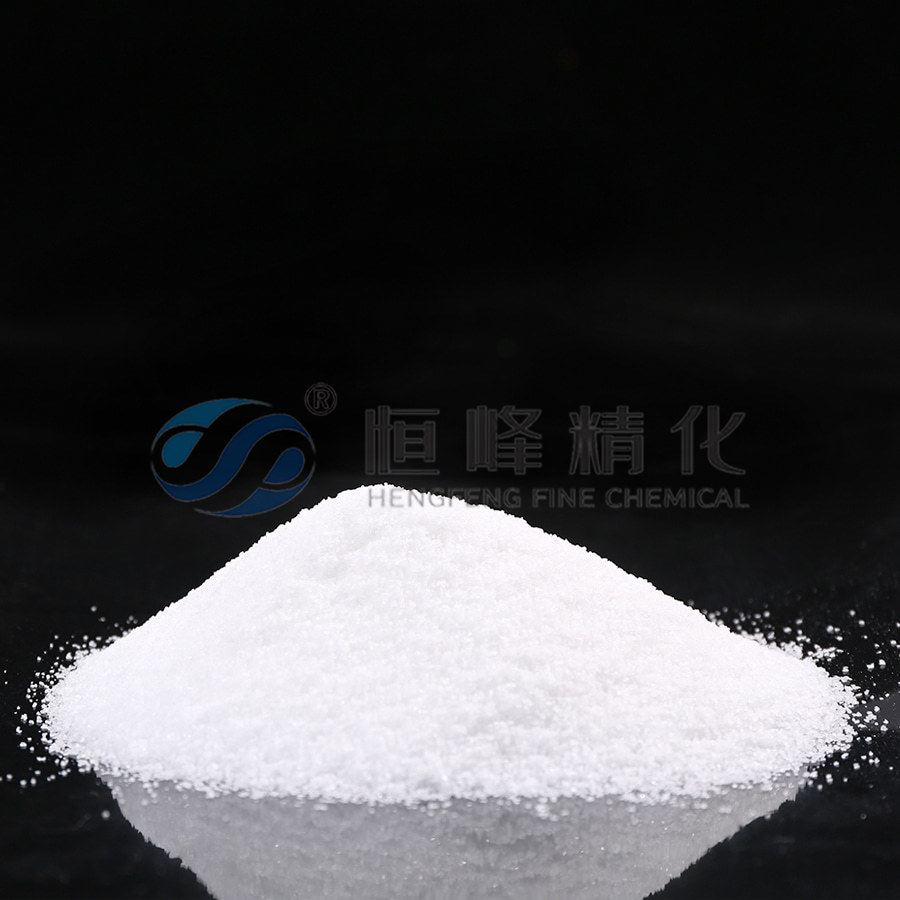Anionic PAM for Zinc Tailings Recovery
Mechanisms: How polyacrylamide precipitates and bridges organic colloidal particles
Polyacrylamide (PAM) causes removal of organic colloids primarily by two complementary physical–chemical mechanisms: charge neutralization (precipitation) and bridging flocculation. In charge neutralization, cationic PAM (or partially hydrolyzed PAM in the presence of multivalent cations) reduces the electrostatic repulsion that keeps small organic particles dispersed, allowing them to aggregate and settle. In bridging, high-molecular-weight PAM adsorbs onto multiple particles simultaneously: single long polymer chains attach to surfaces at separated sites and physically link particles into larger flocs that rapidly settle or can be dewatered.
Polymer properties that determine precipitating vs. bridging action
Molecular weight (chain length)
High-molecular-weight PAM (typically >5–10 MDa) favors bridging because long coils can span large interparticle distances and entangle multiple particles. Low-molecular-weight PAM has limited bridging capacity and behaves more like a short-range flocculant that can help neutralize charges but forms smaller flocs.
Charge density and type (cationic, anionic, nonionic)
The sign and density of ionic groups on PAM control the precipitation (charge neutralization) mechanism:
- Cationic PAM: strongly effective at precipitating negatively charged organic colloids (e.g., humic substances, anionic sludge particles) via electrostatic attraction and neutralization.
- Anionic PAM: useful when colloids are positively charged or when bridging is desired without rapid charge neutralization; often used with cationic coagulants in two-step treatments.
- Nonionic PAM: acts mainly by bridging and is favoured where ionic interactions are weak or variable.
Key process variables that influence effectivity
pH and ionic strength
pH alters surface charge of organic colloids and the apparent charge of partially hydrolyzed polymers; ionic strength compresses the electrical double layer and can promote precipitation by diminishing repulsion. Typical water-treatment pH windows are 6–9, but the optimal pH must be tested because pH can shift polymer conformation and adsorption behavior.
Mixing energy and sequence
Rapid initial mixing (high shear) is usually used to disperse coagulants and create collision frequency for charge neutralization; gentle mixing follows to allow polymer chains to adsorb and bridge without shearing long chains. Over-shearing will break flocs formed by bridging and reduce settling and dewatering performance.
Practical application: dosing strategy and jar-test methodology
Optimizing PAM use requires small-scale jar tests that mimic field mixing and residence times. Typical steps are: run a rapid mix to simulate coagulant dispersion, add a polymer at low dose and observe; progressively increase dose until turbidity, sludge volume, or settling rate reach a practical optimum; evaluate floc strength by applying short high-shear pulses and observing re-growth. Always include a blank (no polymer) and tests for different molecular weights or charge densities.
| Polymer type | Dominant mechanism | Recommended field use | Typical dose range |
| Cationic, high MW | Charge neutralization + bridging | Primary clarifiers, sludge conditioning | 0.1–5 mg/L (water), 50–500 g/t TS (sludge) |
| Nonionic, very high MW | Bridging dominant | Fine colloid removal, polishing | 0.05–2 mg/L |
| Anionic, medium MW | Bridging; helps when prior cationic coagulant used | Two-step coagulation, turbidity control | 0.1–3 mg/L |
Monitoring and analytical checks to confirm precipitation and bridging
Use complementary measurements to evaluate whether precipitation (charge neutralization) or bridging predominates and to quantify performance:
- Turbidity and suspended solids (TSS) removal — quick field indicators of aggregate formation.
- Zeta potential — near-zero zeta indicates effective charge neutralization; if zeta remains negative but large flocs form, bridging is likely dominant.
- Particle size distribution — growth to larger hydrodynamic diameters signals successful bridging.
- Settling velocity and capillary suction time (CST) for sludge — assess dewatering gains from bridging flocs.
Design considerations and operational tips
Start low and titrate
Begin with conservative doses and escalate in jar tests. Overdosing can restabilize colloids (especially with some anionic/cationic balance shifts) or create slimy, shear-sensitive flocs that are hard to dewater.
Sequence with coagulants
When organics are strongly charged or present at high concentration, use a metal coagulant (e.g., alum, ferric chloride) or cationic polyelectrolyte to first reduce charge; follow with high-MW PAM for bridging and floc growth. In many industrial sludges, combined coagulant + flocculant yields the best solids capture and dewatering results.
Shear management and pump selection
Select pumps and piping to minimize shear after polymer addition. If polymer must pass through high-shear zones, consider downstream reconditioning (mixing into a quiescent zone) so flocs can re-form.
Environmental, safety and polymer quality issues
Be mindful of residual monomer (acrylamide) in technical-grade PAM products; choose products certified for low residual monomer when used in potable or environmentally sensitive discharges. Also consider biodegradability and fate of large flocs — land application or landfilling of dewatered solids may require testing for polymer residues, AOX, or related contaminants depending on jurisdiction.
Troubleshooting common problems
- Poor settling but low turbidity improvement: check polymer MW (may be too low) and shear history; try higher MW nonionic or cationic PAM and reduce shear.
- Slimy, weak flocs after high dose: overdosing can cause steric stabilization—reduce dose and re-run jar tests.
- Inconsistent performance with influent variability: implement on-line turbidity/zeta potential monitoring and automated dose adjustment (feedback control).
Conclusions — matching mechanism to objective
To remove organic colloidal particles effectively, identify whether your priority is fast precipitation (charge neutralization) or formation of robust dewaterable flocs (bridging). Choose polymer charge and molecular weight to match that aim, optimize pH/ionic conditions and mixing, and validate with jar tests and zeta/size monitoring. Properly applied, polyacrylamide remains one of the most flexible and economical tools for turning stable organic colloids into settleable or filterable solids.


 English
English Español
Español عربى
عربى Русский
Русский Tiếng Việt
Tiếng Việt




